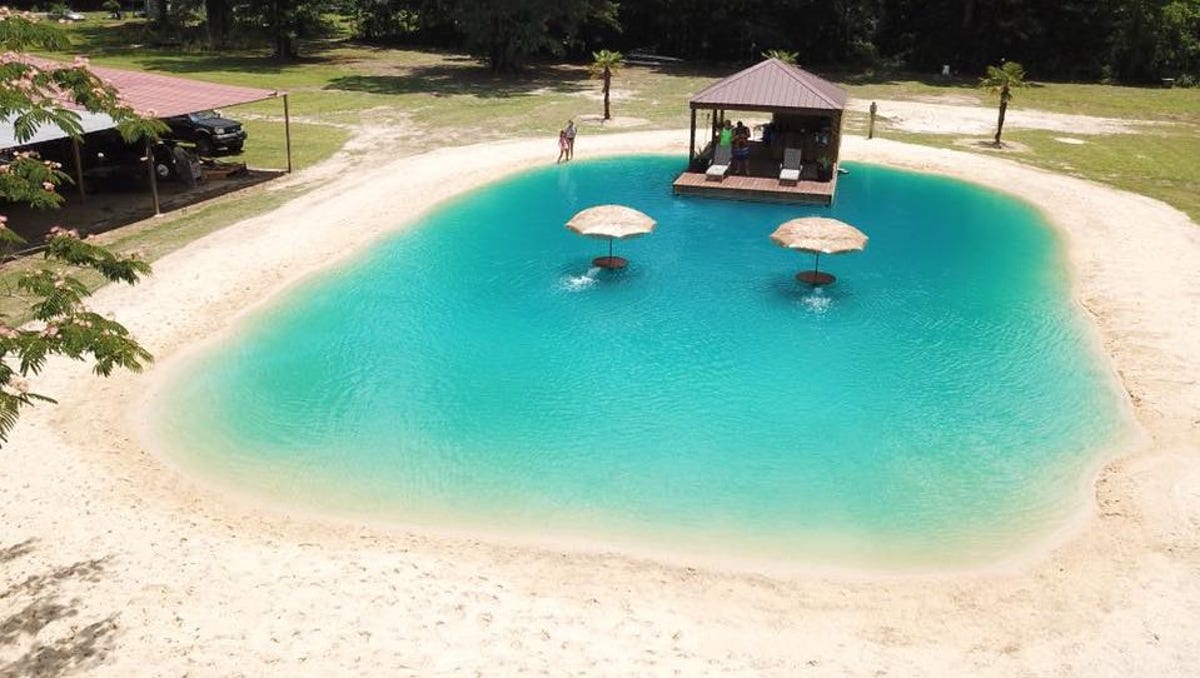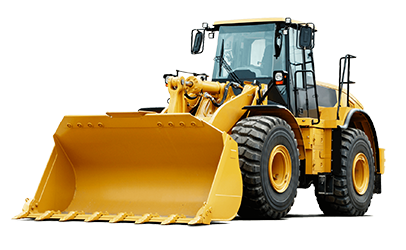- Working Hours: 7.30 AM - 10.30 PM
- Phone: +90 532 446 5207
- E-Mail: info@kuvarskumu.com
Pool Sand

Pool Sand
Pool sand filters can be used in children's playgrounds, kindergartens, aquariums, shop window floors, places where a sea sand image is desired and drip irrigation filter tanks.
What is Pool Sand?
It is natural quartz sand. It does not contain dust and bacteria. Quartz sand with 99.8% SiO 2 content. Screened, dried sand at certain intervals for use in sand filters. (Natural or crushed) Screening Diameter/Diam. Natural (Natural) 3.0-5.0mm
“Quartz sand in pool filters is the most important element to be able to make a good filtration. The clear and cleanness of the pools depends primarily on a good filtration and accordingly a clean quartz sand. It should not be forgotten that the filtration in the pool is the water the pump absorbs from the pool and balance tank. It consists of passing through the sand filter and returning to the pool.”
It is not possible to obtain a clear and clean pool with aged sand. For this reason, quartz sands in fast sand filters must be changed every 3 years.
The sand in the filters, over time, starts to clump together and become petrified with human body wastes, mucus, sun oils and high pH value. After this point, channeling occurs in the filter and causes the water to return to the pool without being filtered through the filter. Turbidity is an inevitable result in pool water that is not naturally filtered.
Clumping and petrification in sand filters occur 15-20 cm below the filter sand level and on the filter walls. In addition, the water passing through the filter continuously and with a pressure of about 1 bar causes the sand grains to roll and the sand to turn into marbles and lose its ability to hold the pollution.
Let's not forget that; The expense of unchanged quartz sand will return as a bigger problem and more chemical consumption in the pool season.

